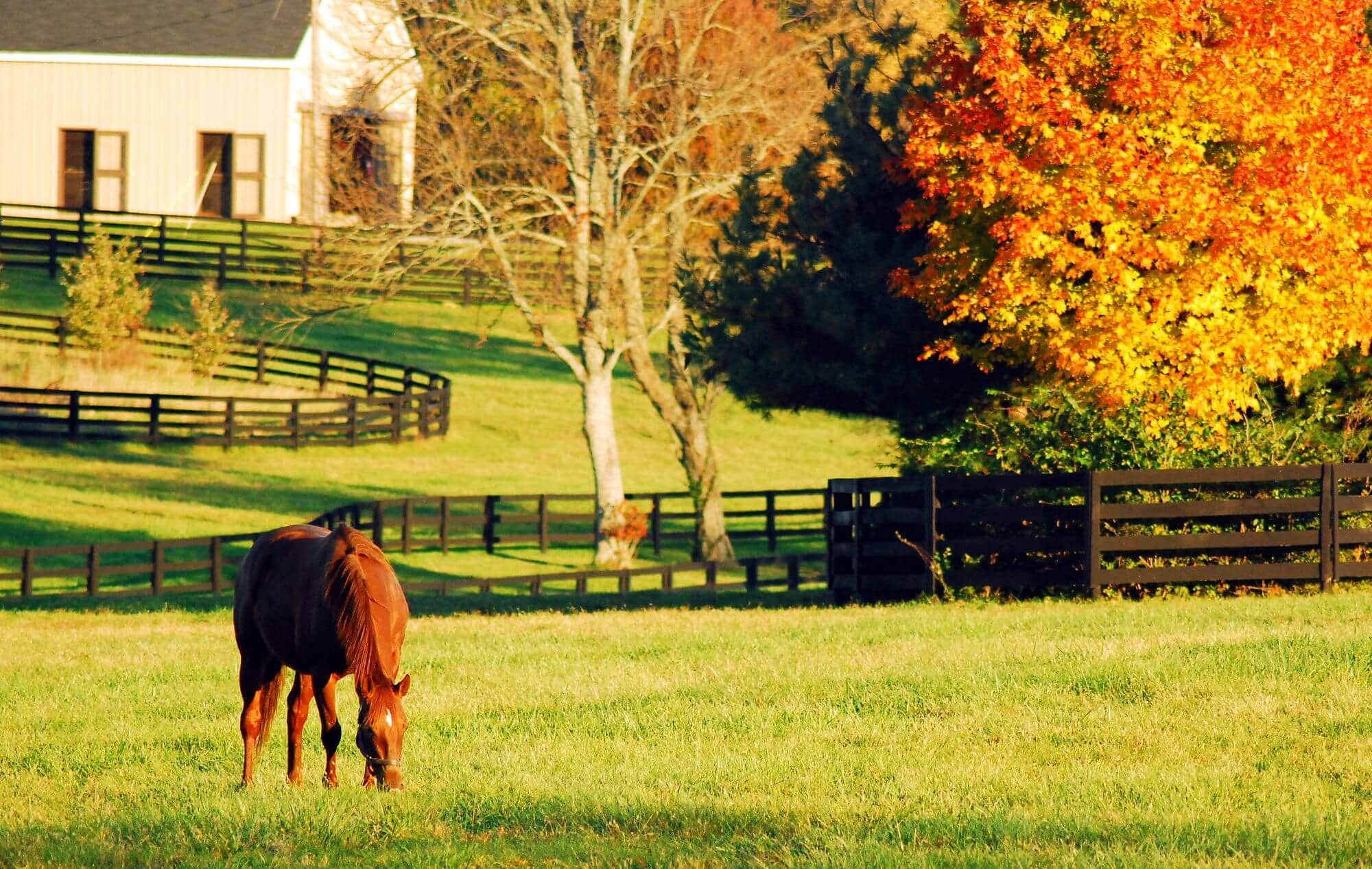Kentucky, often referred to as the “Bluegrass State,” has a deep-rooted agricultural heritage that has significantly contributed to its economic landscape. In today’s ever-changing economic climate, the investment in farmland stands as a pillar of stability and growth.
This article explores Kentucky’s rich agricultural history, its geographical diversity, economic significance, the cornerstone crop of corn, crop diversity, challenges, and opportunities in the sector, ultimately highlighting why investing in Kentucky’s farmland is a wise choice.
Kentucky’s Rich Agricultural History
Kentucky’s agricultural journey is steeped in tradition, with crops like tobacco and hemp having played a vital role in its past. For decades, tobacco was the undisputed king of Kentucky’s agriculture, with the state boasting the highest production levels in the nation.
Hemp, another historic crop, was once a valuable resource used for various purposes, including the making of textiles. However, the changing times and evolving markets led to the need for diversification.
In recent years, Kentucky has successfully transitioned away from its tobacco-centric agricultural model, exploring new avenues for growth. This transition reflects the resilience and adaptability of Kentucky’s farming community.
The Geography of Kentucky Farmland
Kentucky’s farmland is as diverse as its agricultural history. The Bluegrass region, known for its lush, fertile land, has been a historical agricultural gem. It’s here that some of the state’s most renowned horse farms and bourbon distilleries thrive.
Contrasting this is the Knobs region, which presents its own set of challenges due to its hilly terrain and less fertile soil. The Pennyrile region, located in the southwestern part of the state, has proven to be another vital agricultural zone.
The Economic Significance of Kentucky Agriculture
Kentucky’s agriculture is a cornerstone of its economy, contributing significantly to the state’s GDP. Agriculture accounts for about 20% of the state’s total GDP, highlighting its economic importance.
Over the years, the agricultural sector has seen a shift in employment patterns, with fewer people engaged in farming due to technological advancements. However, this evolution has not diminished the industry’s economic impact.
The number of farms in Kentucky may have decreased, but the market value of agricultural products has continued to grow. In the past year, the state’s agricultural products were valued at over $5.7 billion, demonstrating the sector’s robustness and potential for investors.
Corn: A Cornerstone Crop
Corn is an important part of Kentucky’s farming world. It’s like a big building block that feeds animals and is used in factories too. Kentucky is really good at growing corn, and it’s one of the top states in the whole country for making it.
Corn farming in Kentucky is not just good; it’s one of the ways farmers make a lot of money. Just last year, Kentucky’s hardworking farmers sold over 200 million bushels of corn. That’s more corn than you can imagine and shows how important it is in Kentucky’s farming world.
Beyond Corn: Diversity in Kentucky Crops
While corn is a major player, Kentucky’s agricultural portfolio is remarkably diverse. The state has seen the rise of poultry production, with broiler chickens being a significant contributor to Kentucky’s agricultural output. The equine industry, centered around Thoroughbred horse breeding and racing, is another vital sector that has captured global attention.
Soybeans, cattle, and other crops also play integral roles in Kentucky’s agricultural tapestry. The state’s soybean production ranks among the highest in the nation, and cattle farming continues to thrive, with Kentucky being a key player in beef production.
Challenges and Opportunities
The decline in tobacco production posed a significant challenge to Kentucky farmers. However, this challenge also opened doors to new opportunities. Poultry farming, in particular, has experienced rapid growth, offering a promising avenue for both established and aspiring farmers.
Additionally, the potential for growth in other crop sectors and the modernization of agricultural practices are paving the way for a vibrant and sustainable agricultural future in Kentucky.
Conclusion: Investing in Kentucky’s Farmland
Investing in Kentucky’s farmland is not just a wise choice; it’s a strategic one. The state’s diverse crop portfolio offers investors a safety net, reducing the vulnerability associated with single-crop agriculture. Kentucky’s agricultural sector has proven its resilience and adaptability, making it a stable and potentially lucrative investment.
As the state continues to modernize its agricultural practices and embrace new opportunities, the long-term prospects for investors remain favorable. Beyond financial gains, investing in Kentucky’s farmland also supports the local economy, preserves its rich agricultural heritage, and contributes to the prosperity of the Bluegrass State.


